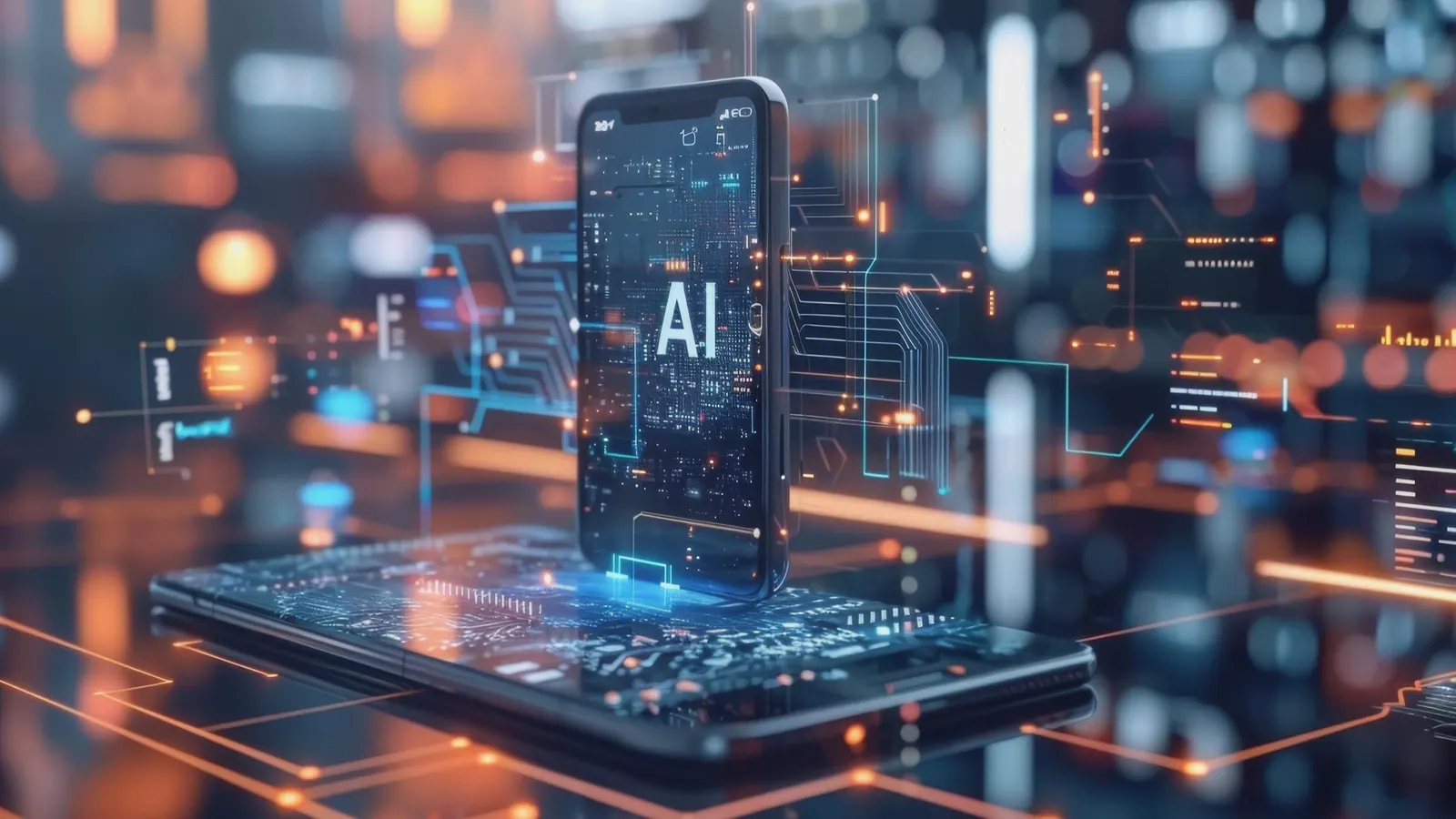AI has already started to transform smartphones, moving them from passive tools to proactive, personalized assistants. The future of mobile technology will see this integration deepen, with AI becoming the core operating system, not just a feature. This shift is happening due to advancements in on-device AI processing and the evolution of user interfaces. 📱
The Evolution of the Smartphone User Experience
Traditionally, smartphones have been tools you actively use to perform tasks. You open a specific app for a specific purpose: a camera app to take a photo, a browser to search for information, or a messaging app to send a text. AI is blurring these lines, making the device’s functions more seamless and intuitive. Instead of navigating menus, you’ll simply ask your phone to do things for you, and it will understand the context and intent.
From Apps to Agents 🤖
Today’s virtual assistants, like Siri and Google Assistant, are rudimentary precursors to what’s coming. In the future, your phone won’t just respond to direct commands; it will anticipate your needs and act as a personal digital agent. For example, your phone might suggest a different route to work based on real-time traffic data, or automatically create a shopping list from the recipes you were looking at online. These AI agents will learn your habits, preferences, and daily routines to provide truly personalized and proactive assistance, managing your life without you having to ask.
The Rise of Generative AI
Generative AI, which can create new content like text, images, and audio, is rapidly changing what smartphones are capable of. We’re already seeing this in powerful photo-editing tools that can remove objects from a picture or seamlessly fill in gaps. In the near future, you’ll be able to create a unique wallpaper simply by describing it in a few words, or ask your phone to summarize a long document or a meeting transcript. This technology will put powerful creative tools in the hands of everyday users, democratizing content creation.
AI’s Impact on Core Smartphone Functions
The influence of AI extends to almost every fundamental aspect of the smartphone.
Smarter Photography and Multimedia 📸
AI is a game-changer for smartphone cameras. It can identify what you’re photographing—be it a landscape, a person, or food—and automatically adjust settings for the perfect shot. Features like Portrait Mode, which intelligently blurs the background, and Night Mode, which captures clear, bright images in low light, are powered by AI. Upcoming innovations include the ability to seamlessly add or remove people from a group photo, or to create a “Best Take” by compositing the best facial expressions from several different shots. AI can also stabilize shaky videos and create instant highlight reels from your footage.
Enhanced Performance and Battery Life 🔋
AI is already at work behind the scenes, optimizing your phone’s performance. By learning your usage patterns, AI can anticipate which apps you’re likely to use and which you’re not, intelligently managing resources to save power and prevent slowdowns. This predictive power management helps your battery last longer and keeps your phone running smoothly throughout the day.
Unprecedented Personalization 🧑🤝🧑
Your phone will become an extension of you. AI will learn your communication style to suggest personalized responses in messages and emails, or even rewrite a text to convey a different tone. It will analyze your search and browsing history to provide more relevant and contextual information. This goes beyond simple recommendations and extends to the user interface itself, which will adapt to your habits, placing the most-used apps and features right where you need them.
The Challenges of an AI-Driven Future
While the potential is immense, the deep integration of AI into smartphones isn’t without its challenges.
Privacy and Security 🔒
The more an AI learns about you, the more data it needs to collect. This raises significant privacy concerns. Future AI smartphones will need to strike a balance between providing a highly personalized experience and protecting user data. The industry is moving toward on-device AI processing, which means data is analyzed locally on your phone rather than sent to the cloud. This approach enhances both speed and privacy, ensuring your personal information stays in your hands.
The Human-AI Interface 🗣️
As AI becomes more integral, the way we interact with our devices will need to evolve beyond just tapping and swiping. Voice commands, gestures, and even a “thought-to-text” interface are all being explored. The goal is a more natural, conversational interaction, where your phone understands you the way a human would, leading to a new era of seamless human-AI interaction.

